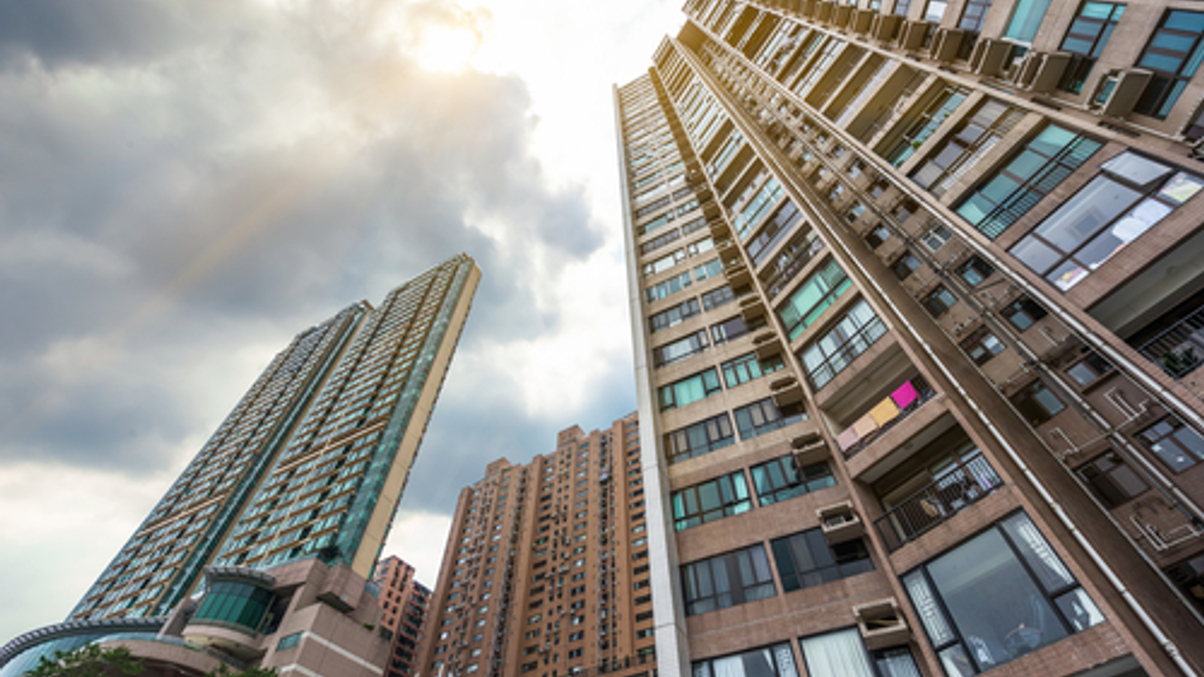Property volumes tank in HK but rise in other Asian cities
Investment into Hong Kong real estate plunged in the year to June 30, finds new research. And the prevailing political turmoil there may not bode well for future inflows.

Investors have long sounded warnings about Hong Kong’s perennially rising property prices – and finally it seems the likes of BlackRock and Nuveen are being heeded.
Sign in to read on!
Registered users get 2 free articles in 30 days.
Subscribers have full unlimited access to AsianInvestor
Not signed up? New users get 2 free articles per month, plus a 7-day unlimited free trial.
¬ Haymarket Media Limited. All rights reserved.


